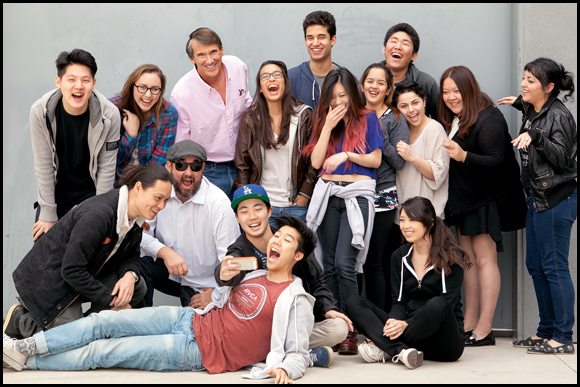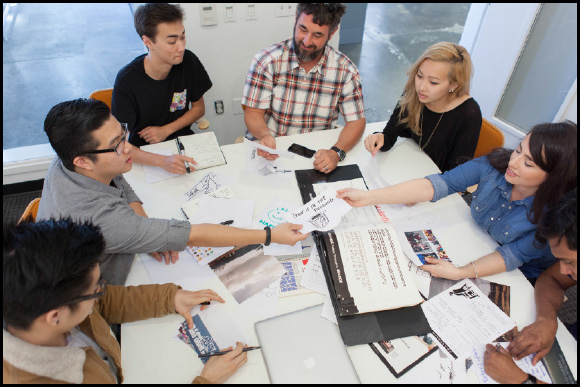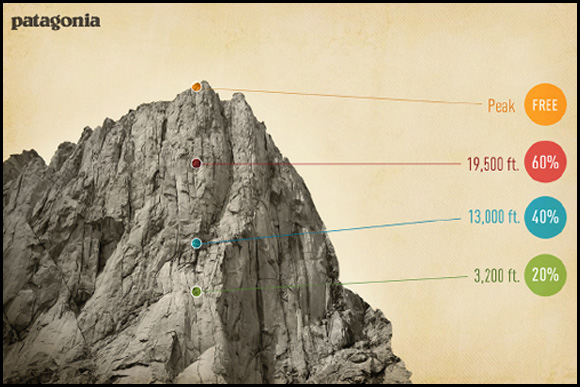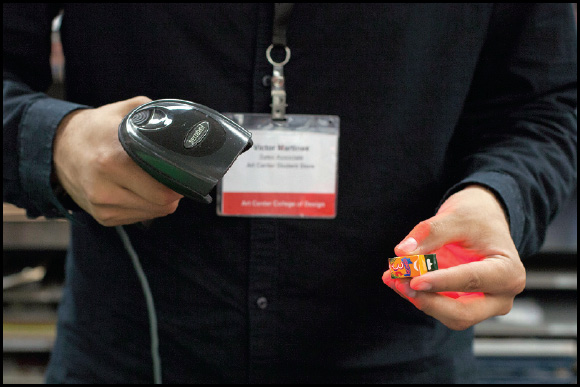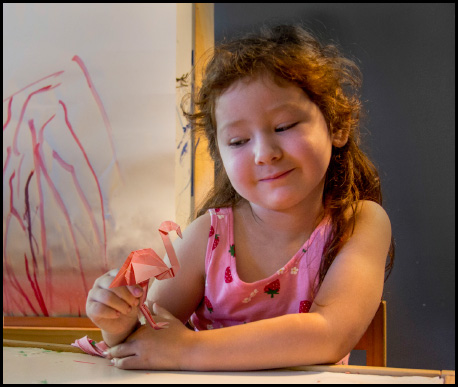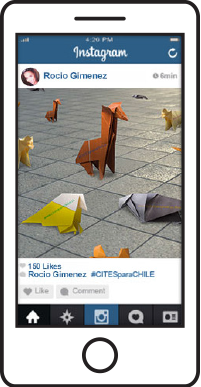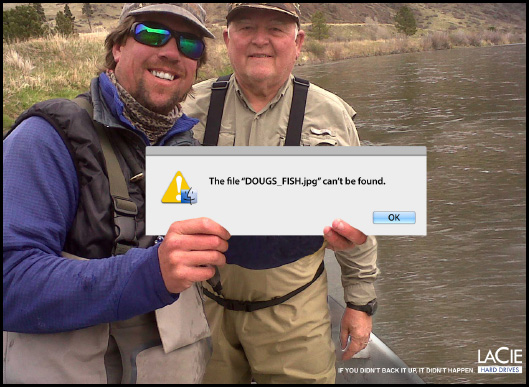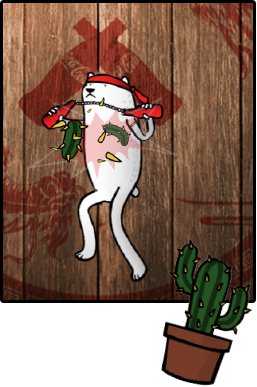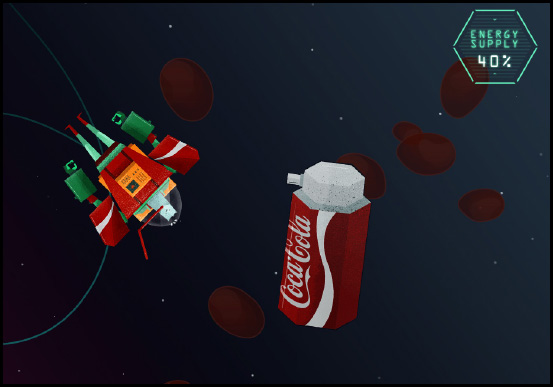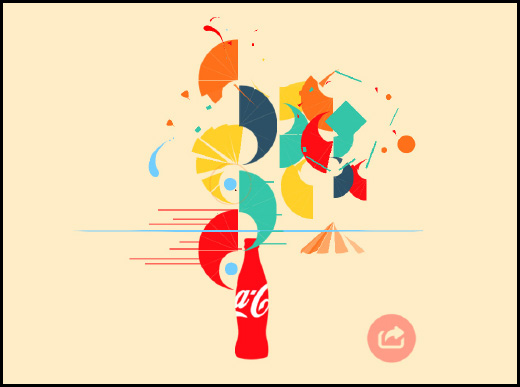It was a David and Goliath story. For real. At the El Segundo creative agency named for the ancient adversaries—with heavyweight clients including Kia, Vizio and the California Lottery—interns Abe Chuang and Sef Chang found out how fierce a deadline can be. After the two Art Center Advertising majors presented the chief creative officer (CCO) with what they thought were their best ideas for a 30-second TV spot for a new client, he sent them back to the drawing board. What they didn’t realize until later was that the CCO expected the team’s improved, round-two ideas before their next meeting that same day—giving them just 45 minutes’ notice.
It may have been by the seat of their pants, but Chuang and Chang managed to generate a proposal that David&Goliath chose to present to its client. “Nothing motivates like last-minute panic,” says Chuang. “Nowhere is that truer than in advertising.” He has no doubt his Art Center training is what prepared him to succeed in this impatient industry.
Revitalized program in an industry center
In contrast to Edward A. “Tink” Adams’ era—the legendary ad man who co-founded Art Center in 1930 and launched the school’s Advertising major that same year—creatives in today’s market have fewer and fewer opportunities to luxuriate over their concepts before a client reviews them. In fact, they’re lucky if they get a few days.
“Speed is a new requirement in the industry,” says alumnus and Advertising Chair Gary Goldsmith (BFA 81). “Students can’t start slow, they have to bring energy now and approach every assignment as something that could be a career-maker.”
In the 1990s and early 2000s, when portfolio programs began to proliferate all over the country, Goldsmith—a veteran of DDB and Chiat\Day, and long since head of his own firm—became concerned that his alma mater might lose ground as the most reputable training arena for advertising. Thus was born Crashvertising, a 10-day trial by fire Goldsmith began commuting from New York to teach once a year and which, as chair of the department, he continues to subject his students to. The class immerses undergraduates in what might be called collaboration extremes. “It’s built around what it’s like to enter advertising now,” Goldsmith explains. “Not five years ago, not two years ago, but now. If you can survive these 10 days, you have a chance to make it.”
Art Center Advertising students and faculty uniformly credit Goldsmith, who has led the department since 2012, with revitalizing the program and ratcheting up its educational and training standards. In recruiting working professionals at the height of their careers to teach, some of whom are alumni, Goldsmith has the advantage of tapping local talent in Los Angeles, a major industry center. “We have phenomenal teachers, none of whom need to teach—they want to,” he says, often reminding students that it’s their responsibility to put a level of work on the wall every day that justifies their instructor’s long, traffic-jammed drive to campus.
While college years afford a great opportunity for the kind of conceptual and visual experimentation that are a key part of the program, students will need to go “from precious to prolific” in record time, Goldsmith says. “Their four years here will determine the direction and tenor of the next 30. A truly modern program means preparing them not just to get a job, but to be adaptable enough to build a long, sustainable career in our industry.”
As the founder of Underhead, a flexible “non-network network” of creative resources and companies, he too has had to adapt. “Rigid structures and organizational models are simply not relevant in a time that requires a broader range of talents and disciplines to engage on almost every assignment,” he says.
High-level, high-impact collaboration
When Goldsmith considers embarking on projects with actual clients as part of the curriculum, his first criterion is what his students will get out of the collaboration. “I want them to be exposed to the best people in our business, and in environments where great work will be both demanded and appreciated,” he says. “Industry experience in and of itself is meaningless. The quality of the experience is what matters and it has to be both positive and transformational.”
One collaboration he deemed perfect was last year’s rare opportunity to work with industry giant Wieden+Kennedy (WK). Charged by its client Coca-Cola with creating a multisite digital experience targeting the youth market for its “The Ahh Effect” campaign, WK tasked Art Center students with developing interactive games that would capture the bubbly spirit of “ahh” and function as a refreshing break—the way opening a can of Coke might refresh and invigorate.
To date, more than 40 students have pitched ideas and at least half a dozen multimedia concepts have been implemented in the actual campaign. Experiences like this teach students the value of their work, even before they graduate.
“We’re developing an essential pipeline to the industry for our students,” says Advertising Department instructor Dennis Lee (BFA 00), who runs the WK collaboration like an agency and requires student pitches every three days.
Lee took a similar approach co-leading a Summer 2014 independent study that challenged students to produce a public awareness campaign on the rampant illegal trade of endangered or “charismatic” species, such as hammerhead sharks, with the goal of inciting the Chilean government to enforce its international agreement with CITES (Convention on International Trade in Endangered Species of Wild Fauna and Flora). The project, co-hosted by Advertising and Designmatters, Art Center’s social impact design department, was sponsored by the Chilean office of the U.S. Department of the Interior. The campaign—a call to action aimed at policy makers as well as ordinary Chilean citizens—is planned to begin rolling out in the coming months
Despite a limited budget and only seven weeks, “the students nailed some really interesting creative,” Lee says. The team of six Advertising majors and three other students in Graphic Design, Illustration, and Photography and Imaging devised collateral like origami paper delivered to schools with instructions for kids to fold “hero” animals that need protection. Later, as part of a week of CITES-centered activities, the origami animals the origami animals will be collected and placed on the steps of the congressional headquarters in Valparaiso as a statement from Chilean youth. The team also designed interventions in high-visibility areas like subway stops, where claw marks on platforms will lead to subway cars displaying images of caged animals. As different as they may seem, campaigns around an environmental emergency require the same savvy used to sell soda. Abe Chuang, who hustled to meet the one-week deadline on the guerilla-style tactics and also rose to “The Ahh Effect” challenge, feels that everything he creates needs to speak to making the world a better place. For him, this means avoiding the exploitative while still getting around roadblocks to “create something nobody’s ever seen.”
Meeting the challenges of a changing industry
Unlike stand-alone advertising programs, Art Center’s department shares a campus with creative disciplines from fine art and illustration to transportation, product design, graphic design, environmental design and entertainment design. “You’re not just sitting with other ad students day and night,” says Goldsmith. “You’re surrounded by this incredible diversity of disciplines and talent. You can feel the energy in the air, and it’s very different from any portfolio school I’ve ever seen.”
For student Rosie Geozalian, working with Film majors is “my personal favorite way to get a message across.” In the last year, Geozalian, with classmates Greta Kählitz (MFA 14), Armen Perian (BFA 13) and Mike Reyes (BFA 13), has earned ANDY and College Emmy awards for live-action video spots, including cheeky commercials for Trojan and S.Pellegrino.
Goldsmith, a former president of The One Club, trains his students to compete avidly for such industry awards, and the coveted One Show “pencils” motivate his students more than any other prize. This year, Kay Kim, Charles Lee and Louis Xinran Li won the Bronze Pencil in the prestigious One Show’s Young Ones category. Their “Save the Arts” entry was based on a brief that challenged students to demonstrate the importance of the arts. In their research, the Art Center team uncovered the shocking statistic that in the United States public school districts spend, on average, only three cents per child per year on arts education. The “My 3 Cents” campaign they submitted to the competition was aimed specifically at tax-paying parents: the students scaled down crayon boxes to a tiny size and placed them on art supply store shelves next to full-size boxes. The small boxes were tagged with the three-cent price, and the tag asked the question, “How much is your child worth?” The back of the crayon box explained the dire lack of funding and encouraged buyers to donate to arts education.
“As humbling as it was inspiring,” says Kim of the experience of being in New York during Creative Week. He says attending the awards ceremony fed the students’ hunger for wider international exposure. Indeed, this generation of advertising students is entering an increasingly global industry and many will be working internationally after they graduate.
The power of great ideas transcends technology
Perhaps no recent change in the shifting landscape of advertising is as significant to the industry as the digital revolution. It’s completely changed the interaction between advertiser and consumer because it’s the ultimate two-way street —“the potential for a level of emotional connection we’ve never had before,” says Goldsmith.
Goldsmith teaches his students that “clients are asking for solutions that go beyond the bounds of traditional media and take full advantage of the viral nature of the new cultural landscape.” At the same time, he cautions, “The medium is not what drives good ideas, the ideas start with the thinkers.” Technically gifted early adopters might be the first designers and creatives to use new technologies, but after a short period of time, as everyone catches up, it’s the people with the best ideas who win.
Alumna Karine Grigorian (BFA 13), an art director and former student of Goldsmith’s who graduated with honors, agrees that “the technology is there to support the idea.” Grigorian’s concepts have included a “higher incentives” campaign for Patagonia outdoor gear, whereby coupons of increasing value are available to climbers who can earn them only by scaling ever-higher points of a peak or sheer rock face. She feels strongly that instruction at Art Center distinguishes itself because students are taught speed plus resiliency, both of which are immediately tested in the professional sphere.
The accelerated pace, coupled with expectations of ceaseless innovation, can be daunting. They require a broader skill set than Tink Adams could ever have predicted. Which is why Goldsmith and his colleagues want to continuously throw fresh, challenging and unexpected opportunities at their students, pushing them to think, compete, grow and work harder.
“There is no Google map for success,” he says. “But if you have talent, a strong work ethic and relentless drive, you’ll make your own.”
This story originally appeared in Art Center’s Fall 2014 Dot magazine, where you can read more about alumni and faculty achievements.

